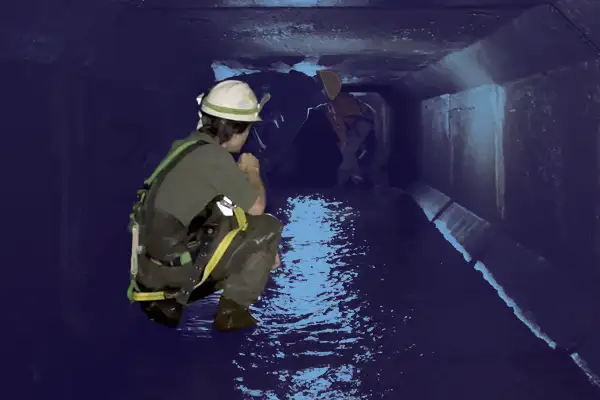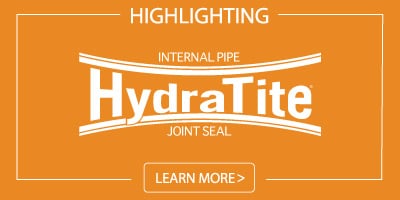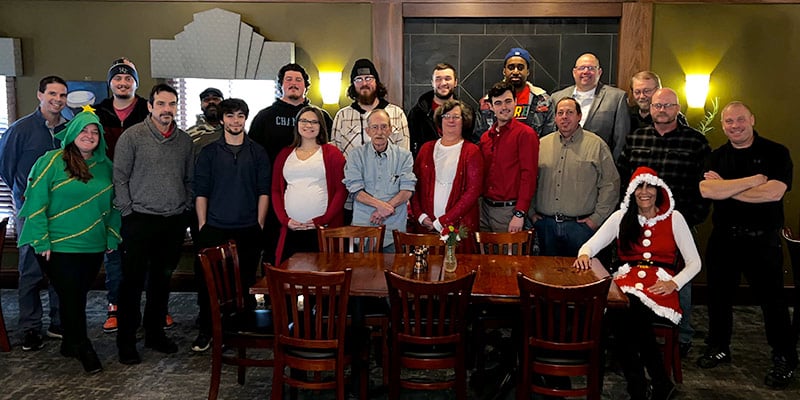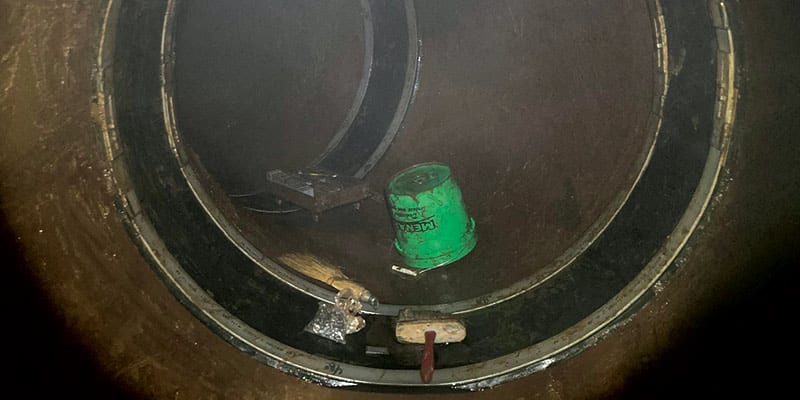Preventing Further Damage To The Runway
An airport in Mississippi was inconvenienced by the formation of a depression in a runway. While not very deep, a large portion of the runway had begun to sink in above one of the culverts that managed stormwater. To prevent further damage to the runway, HydraTech was tasked with installing box seals under the airport. There are three culverts we have been focusing on, and we have completed installing about 60 of the 189 HydraTite seals. I came down to see the progress we made in person.
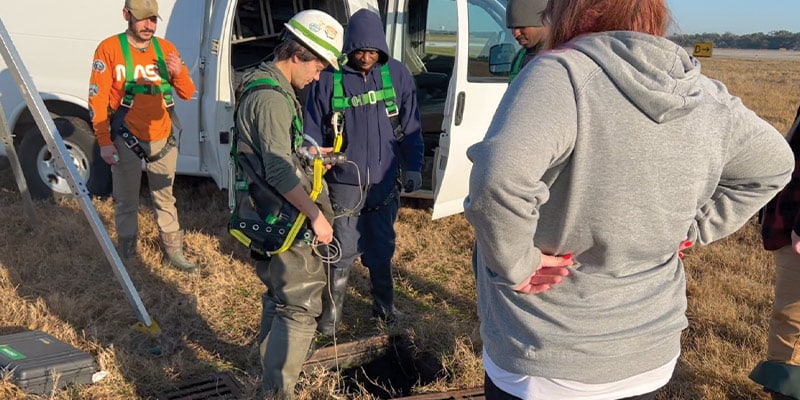
After arriving on site, we ran through various safety measures such as putting on safety gear, setting up the rescue tripod, and checking the air quality in the culvert before anyone enters. Ben can be seen in the picture above using an air monitor to verify the oxygen content and whether there are any dangerous gases present below.
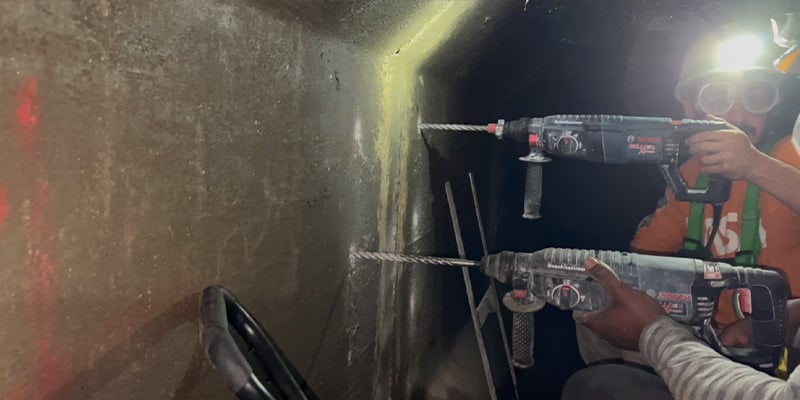
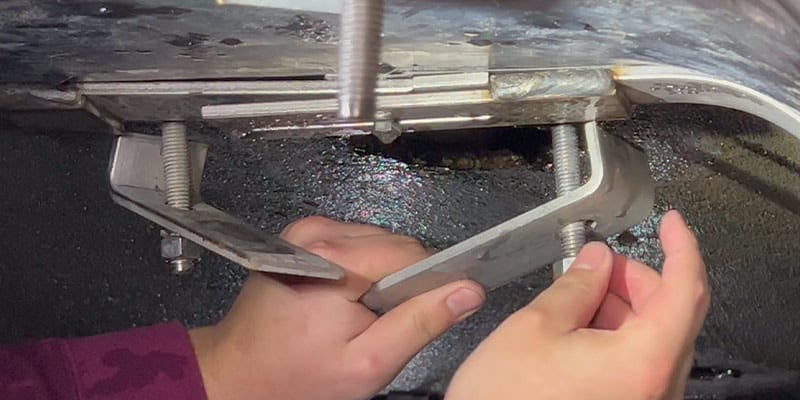
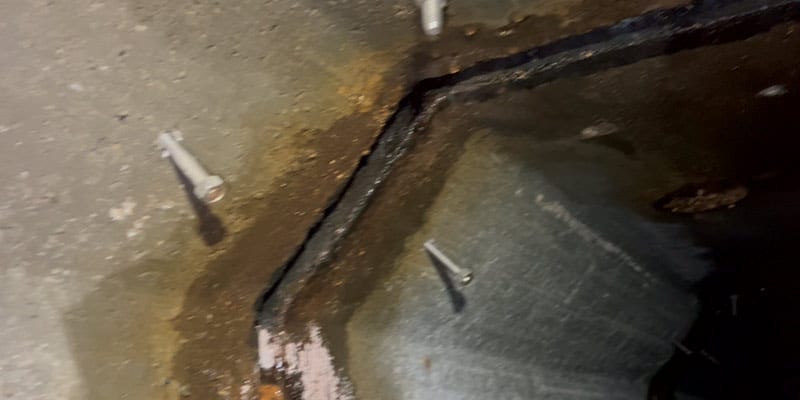
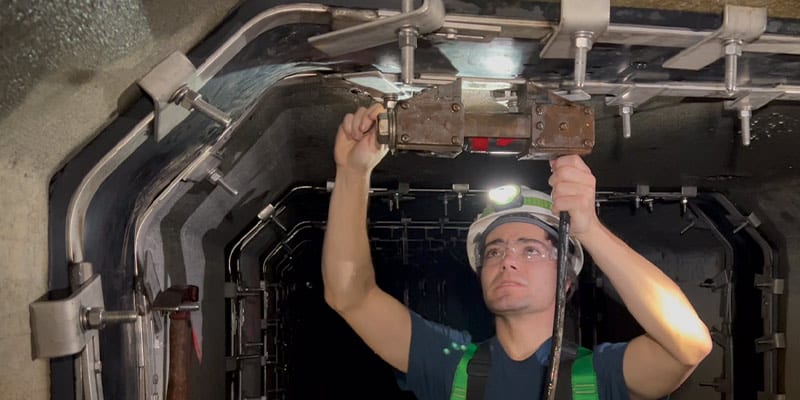
Once we had run through all of the required safety protocols we climbed in and the entire installation process was explained to me. First, the surface near the joint has any imperfections removed. Then they use custom-manufactured guides to drill holes on either side of the joint. Anchors are placed in the holes and then the rubber is positioned over the joint. The retaining band then are placed over the rubber. Next, hold-downs are connected to the anchors and loosely positioned over the steel and rubber. The four expansion points are then brought to pressure and the process is duplicated on the other band. The hold-downs are then tightened and anchors are trimmed to ensure a minimal profile. Trimming the anchors helps prevent anything from getting caught on the anchors as water carries various material through the culvert. Finally, a sealant is injected into the corners of the seal to make doubly sure that no water can get through.

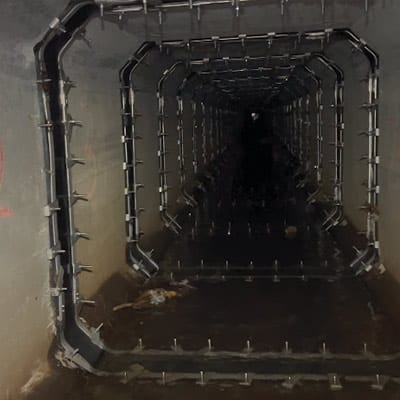
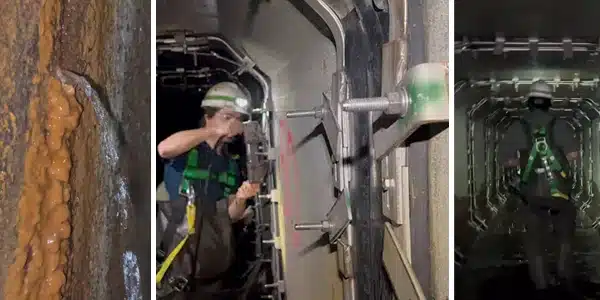
The crew is working on culvert joints that are 6 feet wide by 4 feet tall and joints that are square 6 feet by 6 feet. The shorter culvert restricts movement and just going in and out of it a few times made my muscles ache. Another factor that complicates this job is the planes taking off. When the plans are scheduled to use the runway directly above the culvert we are in we have to get out of the culvert and drive fairly far away. Heavy rain can also make the culverts unsafe. Even if the water isn’t too high it can carry unsafe chemicals from the planes. Air monitors help with this but the crew is instructed to report headaches, strange shine on the top of the water, and any excessive bubbles. All in all, there is a lot of getting out and back in the pipe.
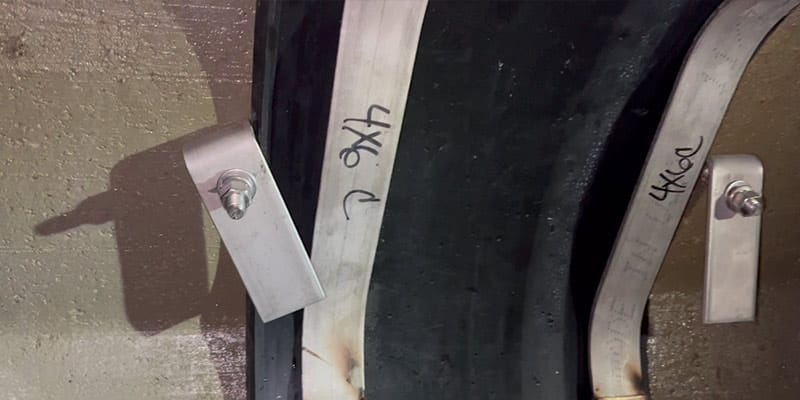
I got to go into two of the culverts we are currently working on and the row of completed seals is very impressive, but we need to keep working as fast as we can because the leaks are very active. Not much longer and we will have fortified this airport against the formation of additional depressions or sinkholes.
Working Under An Active Airport
![]() 5:20
5:20
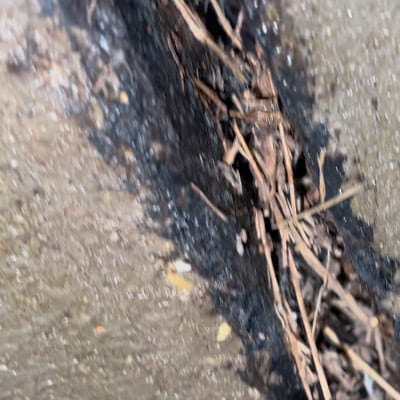
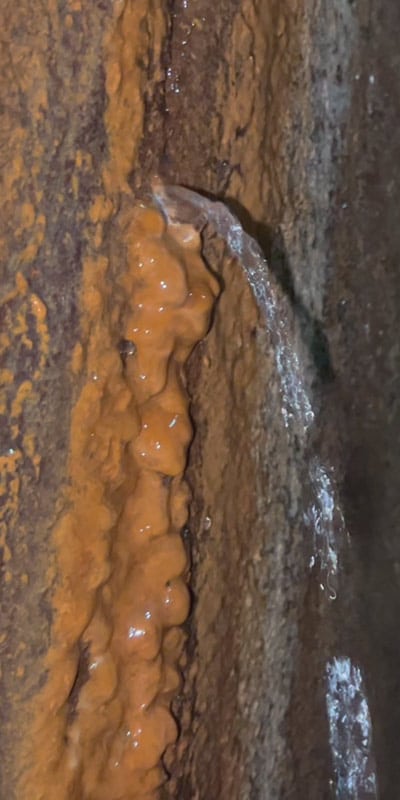
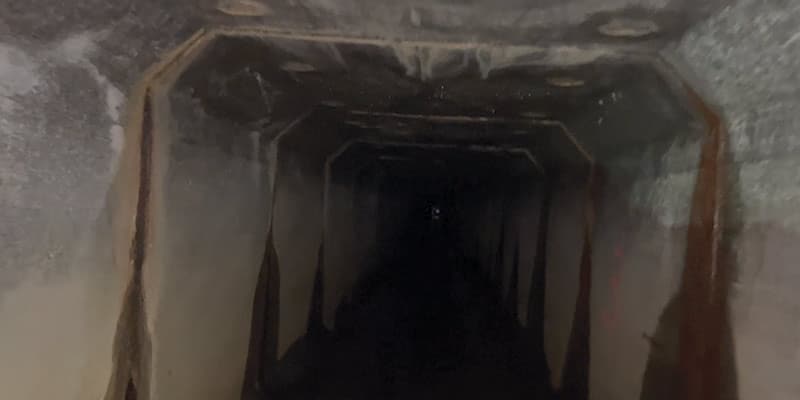
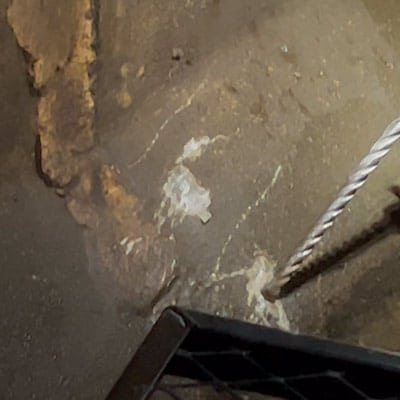
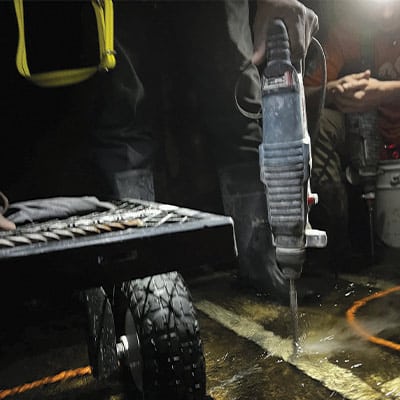
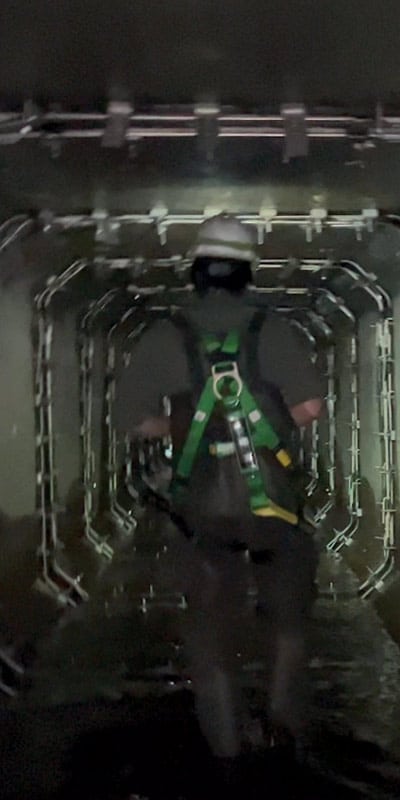
HydraTech posted about this job with an update. Click to read the updated blog here >
This case study details this entire project.

